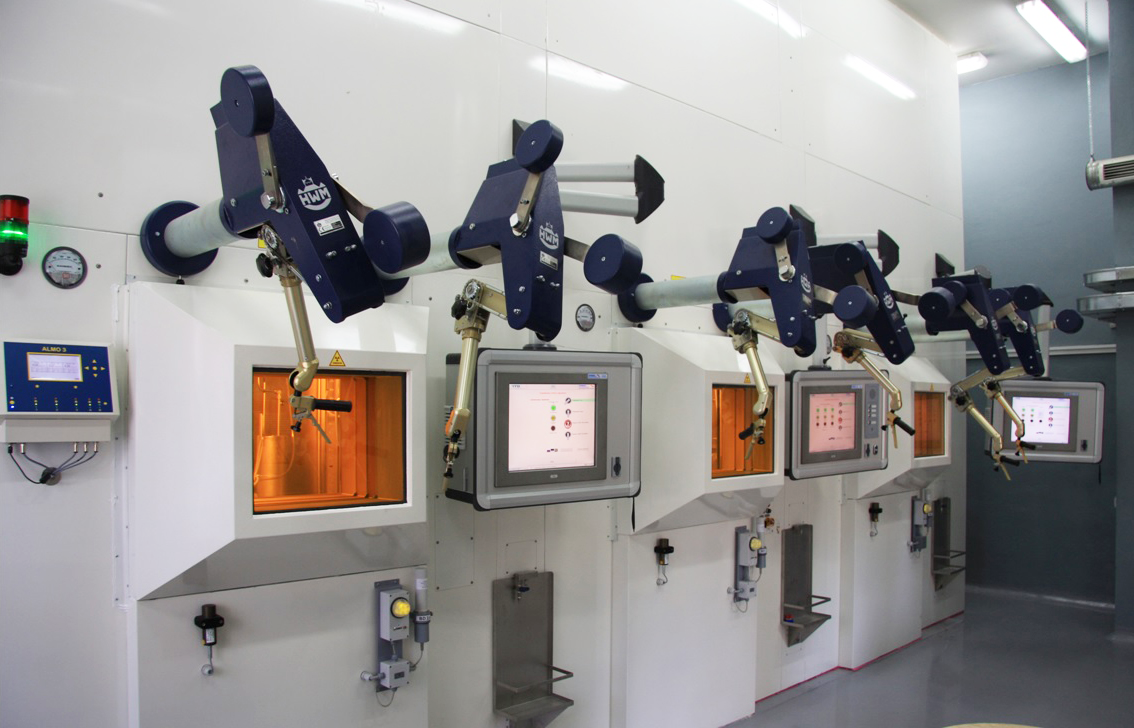
Isotope Technologies Dresden (ITD) repräsentiert den Geschäftsbereich Anlagenbau der Eckert & Ziegler Medical und bietet internationalen Partnern im Gesundheitswesen, in der Industrie sowie in Forschungs- und Entwicklungseinrichtungen maßgeschneiderte Heißzellenlösungen und In-Cell-Ausrüstung. Unser Hauptaugenmerk liegt dabei auf der Sicherheit der Bediener und der Optimierung der Handhabung des radioaktiven Materials.
Mehr als drei Jahrzehnte Branchenerfahrung, 500 realisierte Projekte und ein Team von kompetenten Fachleuten ermöglichen es uns, Ihnen die gewünschte Lösung zu bieten und durch den Blick für Details auch bestehende Ansätze zu optimieren.
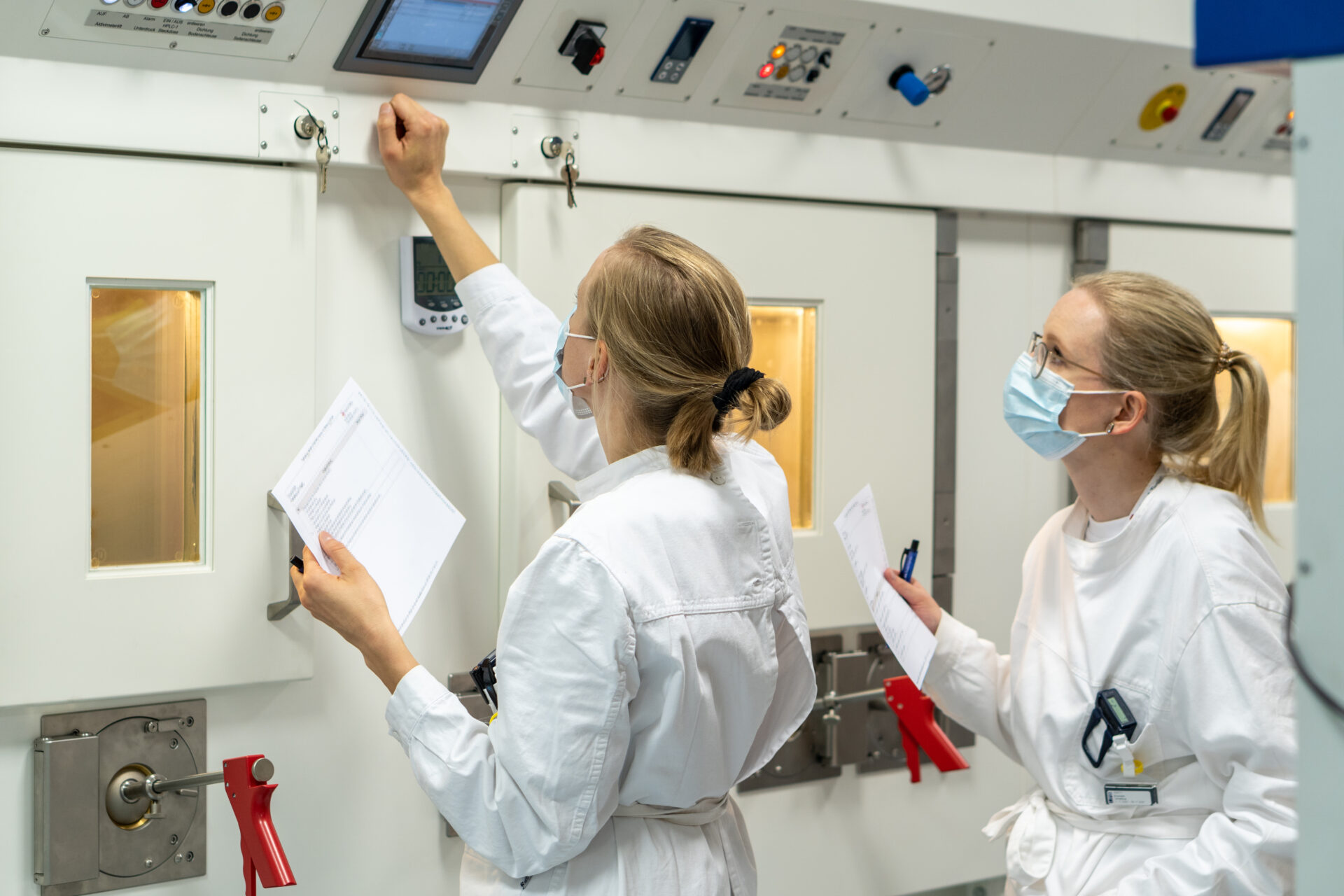
Wir sind bestrebt, die bestmögliche Lösung für Ihren Prozess zu liefern. Unsere Projektmanager unterstützen Sie in jeder Phase der Zusammenarbeit, koordinieren die Maßnahmen und sorgen dafür, dass auch die komplexesten Großprojekte und Heißzellenanlagen perfekt auf Ihre Anforderungen zugeschnitten sind.
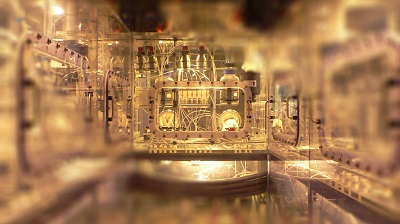
Egal, ob Sie mit Alpha-, Beta- oder Gammastrahlung arbeiten, wir bieten verschiedene Lösungen für den Umgang mit nahezu allen Radionukliden. Das Spektrum reicht dabei von der einfachen Abschirmung bis hin zu komplexen Herstellungs- oder Entsorgungsprozessen. Alle Lösungen werden an Ihre spezifischen Anforderungen angepasst.
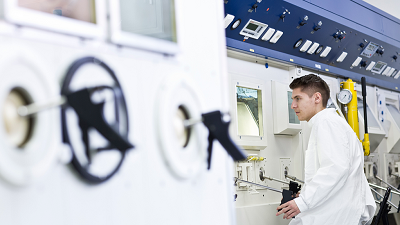
Die Optimierung von Prozessen ist der Kern unseres Geschäfts. Die Anforderungen der Kunden zu verstehen, technische und konzeptionelle Lösungen anzubieten, um diese zu verbessern und die Handhabung unter Einhaltung höchster Sicherheitsstandards zu erleichtern, ist unsere Mission.
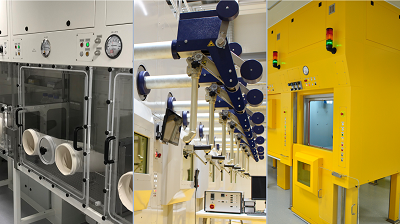
Wir planen, koordinieren, konstruieren und installieren Lösungen für medizinische und nicht-medizinische Anwendungen. Unser Portfolio umfasst die Produktion von Radiopharmaka und Radionukliden, Markierung- und Abfüllung, F&E-Boxen, Materialprüfung, Produktion von Industriequellen sowie Wiederaufbereitung und Entsorgung. Alle Projekte werden nach vordefinierten Spezifikationen maßgeschneidert.

Unser Team deckt verschiedene Fachbereiche ab, um Sie bei der Entwicklung, Konstruktion, Fertigung, Installation, Prüfung und Schulung auf Ihren neuen Heißzellen und In-Cell-Ausrüstung zu unterstützen. Ein Projektmanager begleitet Sie durch den gesamten Prozess und ist auch nach der Fertigstellung Ihr Ansprechpartner für Erweiterungen und Rückfragen.
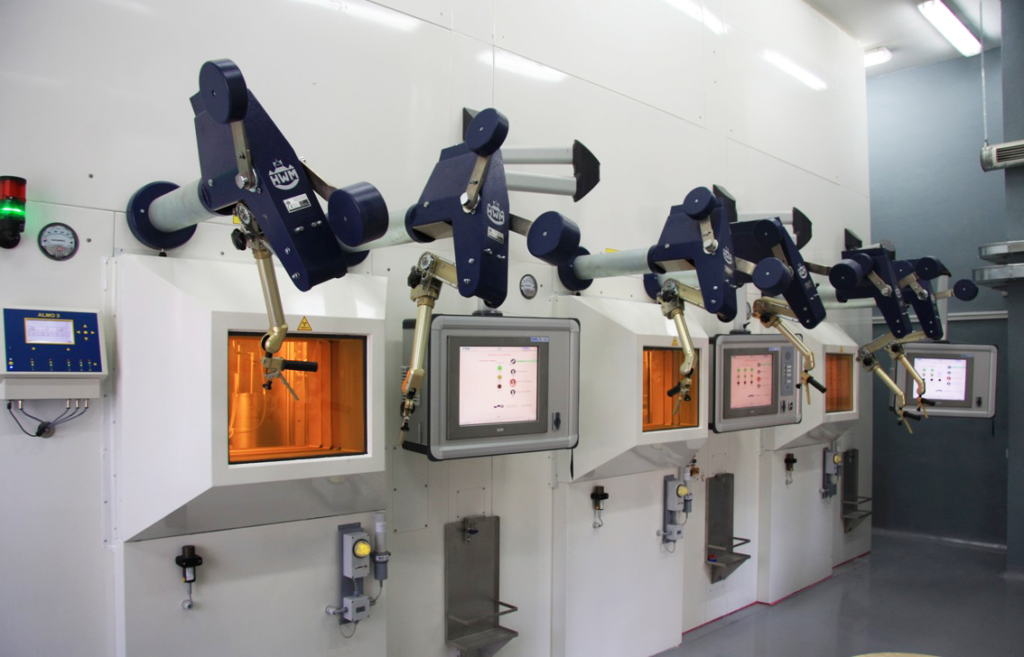
ITD wurde 2017 mit der Lieferung von maßgeschneiderten Heißzellen und abgeschirmten Transfersystemen für die finnische Einrichtung VTT beauftragt. Das Projekt umfasste die Entwicklung, Konstruktion und Herstellung eines riesigen Komplexes, der aus 11 Zellen mit bis zu 250 mm Bleiabschirmung und maßgeschneiderten Bleiglasfenstern für die Prüfung mehrerer Eigenschaften radioaktiver Materialien besteht.

2016 installierten wir am HZDR maßgeschneiderte Heißzellen und Transfersysteme für die Verarbeitung flüssiger und gasförmiger radioaktiver Substanzen. Das Projekt umfasste Zellen für die Durchführung der Synthese von PET-Radiopharmaka unter GMP-Bedingungen, abgeschirmte Dosiereinheiten, Abzüge sowie die Beratung bei der Prozessgestaltung.
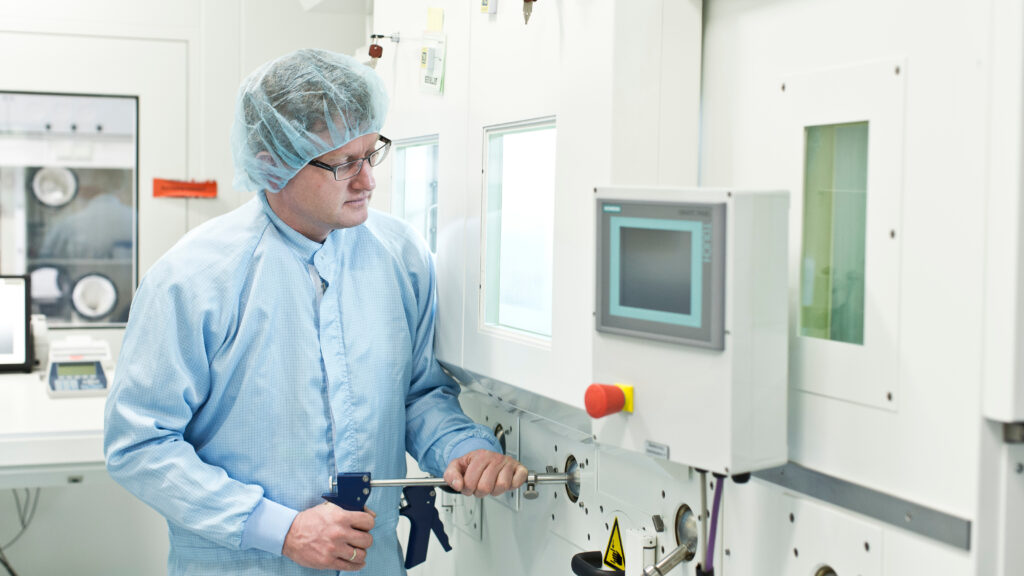
Seit der Übernahme der ITD im Jahr 2017 wurden diverse interne Projekte für verschiedene Unternehmen innerhalb der Eckert & Ziegler Gruppe realisiert. Die Lösungen umfassten dabei Alphaboxen, Yttrium-90- und Lutetium-177-Produktionsanlagen sowie andere Projekte zur Unterstützung internationaler Partnerschaften innerhalb unserer Gruppe.
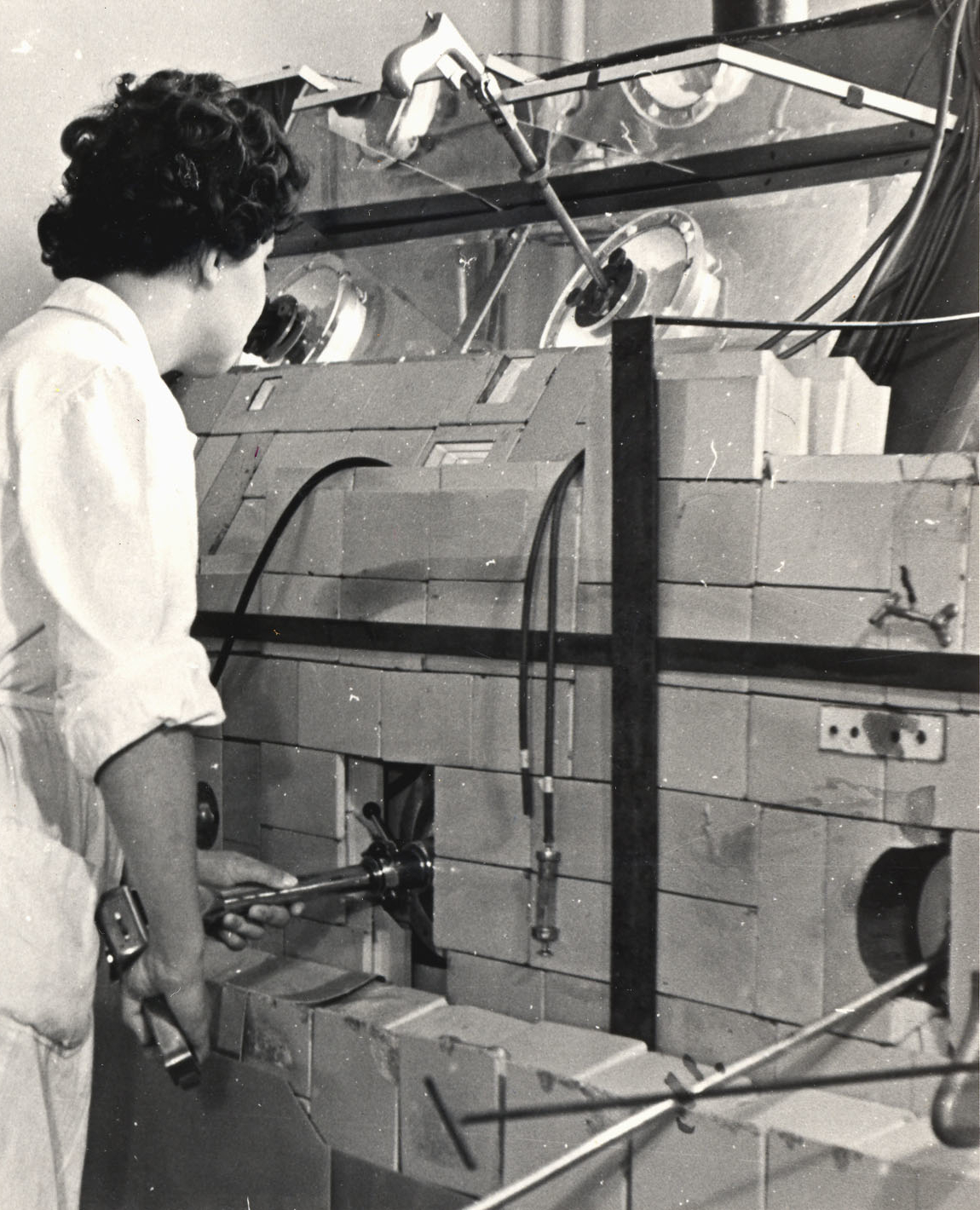
Die Ursprünge der Eckert & Ziegler Isotope Technologies Dresden (ITD) gehen auf das Jahr 1964 zurück, auf eine technische Abteilung in der Isotopenproduktion des Kernforschungszentrums Rossendorf, die sowohl für interne Projekte als auch den Verkauf von Heißzellen an Kunden im Ostblock realisierte. Im Jahr 1991 wurde Wälischmiller Dresden als Ausgründung aus dieser Einrichtung geformt. In 2008 wurde der Firmenname in Isotope Technologies Dresden geändert. Seitdem ist ITD im Bereich der Radiopharmazie tätig und stattet weltweit Hersteller mit Strahlenschutz- und Isotopenproduktionsanlagen aus. Seit 2017 ist das Unternehmen Teil der Eckert & Ziegler Strahlen & Medizintechnik AG.